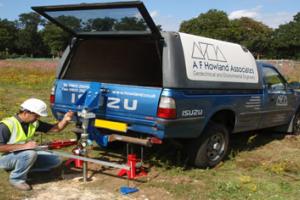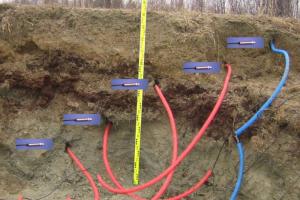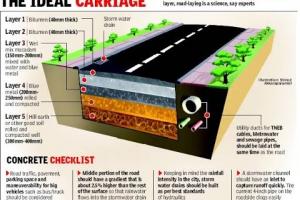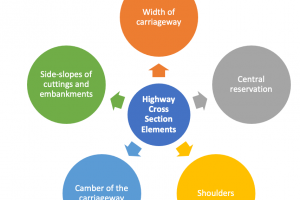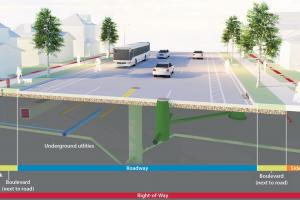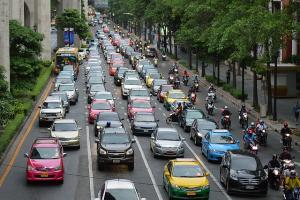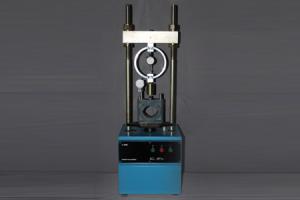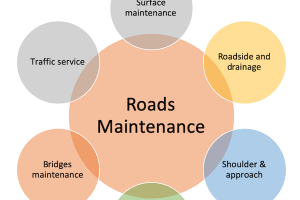Traffic Control Plan - Check List & Guide Lines
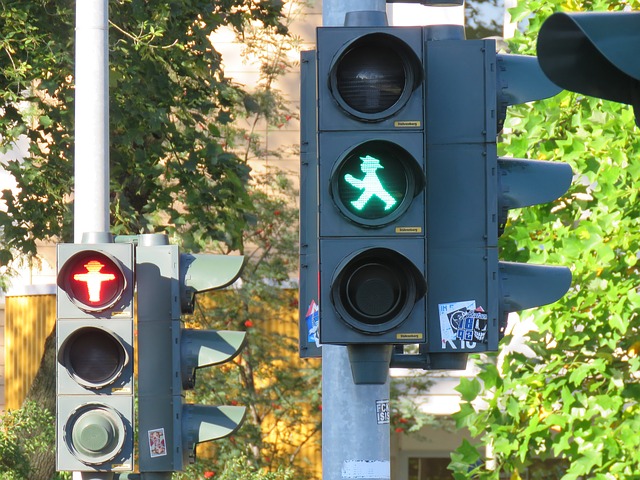
The basic objective of each traffic control plan (TCP) is to permit the contractor to work within the public right of way efficiently and effectively, while maintaining a safe, uniform flow of traffic.
Both construction work and the public must be given equal consideration when developing a traffic control plan. In addition, when considering the public, attention must be given to all aspects of travel through the work zone: i.e., vehicular, bicycle, and pedestrian.
Checklist & Guidelines:
It is the goal of the Traffic Control Plan (TCP) to achieve balance between providing a safe working environment within the right-of-way, and providing motorists, bicyclists, and pedestrians with a safe and efficient means to travel through the work area.
Following the submittal of traffic control plans, all plans shall be reviewed within five (5) working days. A traffic control plan that does not include all of the required elements listed below will be found incomplete, and returned for revision and re-submittal.
The following checklist is provided to assist Developers and Contractors in establishing uniformity in the development of TCP's. This checklist should be used as a guide to ensure that all of the basic elements are covered, and will help speed-up the plan review process.
- TCP shall be legible; using either ink or computer generated graphics.
- Indicate contractors name, address and telephone number. Include name and telephone number of the 24-hour contact person representing the contractor.
- Indicate north arrow and scale or NOT TO SCALE (N.T.S.).
- Show all streets in the work zone vicinity to ensure proper orientation.
- Show all existing traffic signals and traffic control signs.
- Show existing striping, pavement markings, painted crosswalks and bike lanes. Include total roadway widths, individual lane widths, bike lane widths, median dimensions, etc.
- Show existing curbs, gutters, sidewalks, driveways and intersections in the construction work zone including areas affected by taper transition.
- Indicate posted speed limits.
- Show location and dimensions of the construction work zone.
- Show staging area and materials storage area, as appropriate.
- Indicate locations of construction signs, barricades and delineators (includes cones).
- Label all taper lengths and widths, delineator spacing and sign spacing. All taper lengths shall be per Local standards.
- Use a legend to define all symbols and designate them with Local nomenclature.
- Show all parking restriction zones and signs, as appropriate.
- Road closures will require approval from the Deputy Director of Public Works for Transportation or his/her designs. Any road closure also requires notification be provided to the Local Fire Department, as well as the Local Police Department.
- Signs and barricades will be required to direct pedestrians through or around the construction work zone and shall be shown on the TCP.
- Indicate the encroachment permit number or improvement plans number on the TCP.
- Indicate the duration of the construction work and subsequent traffic control on the plan.
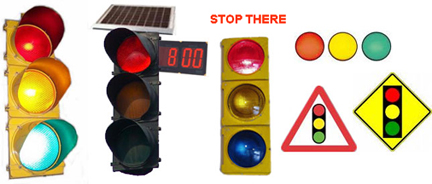
General Traffic Control Signs
GENERAL NOTES:
All traffic control devices shall conform to the latest edition of Traffic Manual of Traffic Control Devices for Construction and Maintenance Work Zones and the Standard Specifications for Public Works Construction.
- The City, through its designated employees, reserves the right to initiate field changes to assure public safety.
- If a road closure is approved for a specific duration, the contractor shall submit a bond for a penalty drawn in favor of the corresponding city of the state. If the road is not reopened on the approved date, an amount prescribed by the state per day the it shall be deducted from the bond as liquidated damages.
- All traffic control devices shall be removed from view when not in use.
- Work hours shall be restricted to between 8:00 a.m. to 4:00 p.m. unless approved otherwise or according to the custom of the area..
- Trenches must be back filled or plated during non-working hours.
- Pedestrian controls shall be provided as shown on the plans.
- Temporary "NO PARKING" signs shall be posted 24 hours prior to commencing work.
- Access to driveways will be maintained at all times unless other arrangements are made.
- The contractor shall make immediate temporary repairs to any street light/traffic signal conduit damaged during construction. Permanent repairs must be made within five (5 say) working days.
- All striping removed or damaged, will be replaced by the contractor with like material within 24 hours (or replaced with temporary tape, though the contractor is still responsible for the full replacement as mention above).



